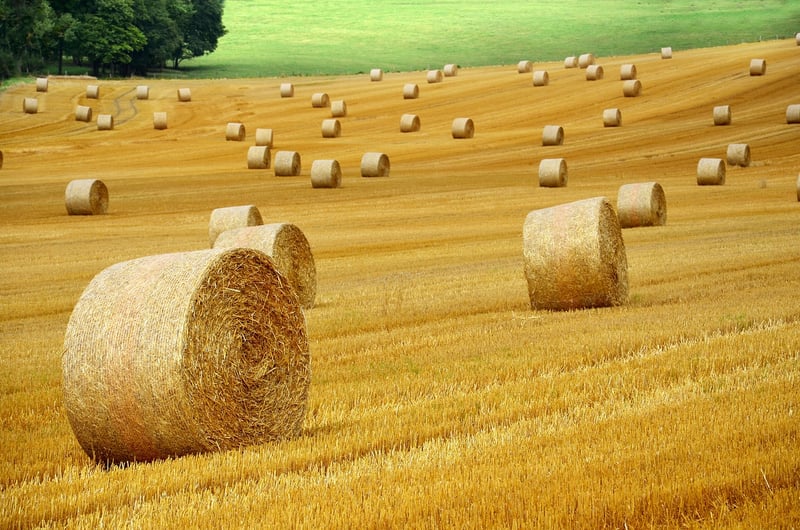Vertical Farming
Grow Up, Not Out: The Future of Farming with Vertical Farming

The Rise of Vertical Farming
Vertical farming is revolutionizing the agricultural industry by cultivating crops in vertically stacked layers, often in controlled environments like skyscrapers or warehouses. This innovative approach maximizes space utilization, reduces water usage, and minimizes the need for pesticides.
Benefits of Vertical Farming
- Higher crop yield per square foot compared to traditional farming
- Year-round production unaffected by seasonal changes
- Significantly lower water consumption
- Reduced transportation costs and carbon footprint
- Minimized exposure to pests and diseases
Challenges and Solutions
While vertical farming offers numerous advantages, challenges such as high initial investment costs and energy consumption exist. However, ongoing technological advancements, like LED lighting and automation, are addressing these issues, making vertical farming increasingly sustainable and cost-effective.
Impact on Urban Landscapes
Vertical farming holds immense potential for urban areas where arable land is limited. By integrating vertical farms into city structures, communities can access fresh produce locally, promoting food security and reducing reliance on long-distance food supply chains.
The Future Looks Green
As the world's population continues to grow, innovative farming methods like vertical farming will play a crucial role in ensuring food security and sustainability. Embracing this futuristic approach to agriculture can lead to a greener, more efficient food production system for generations to come.
Join the vertical farming revolution and grow up, not out!
